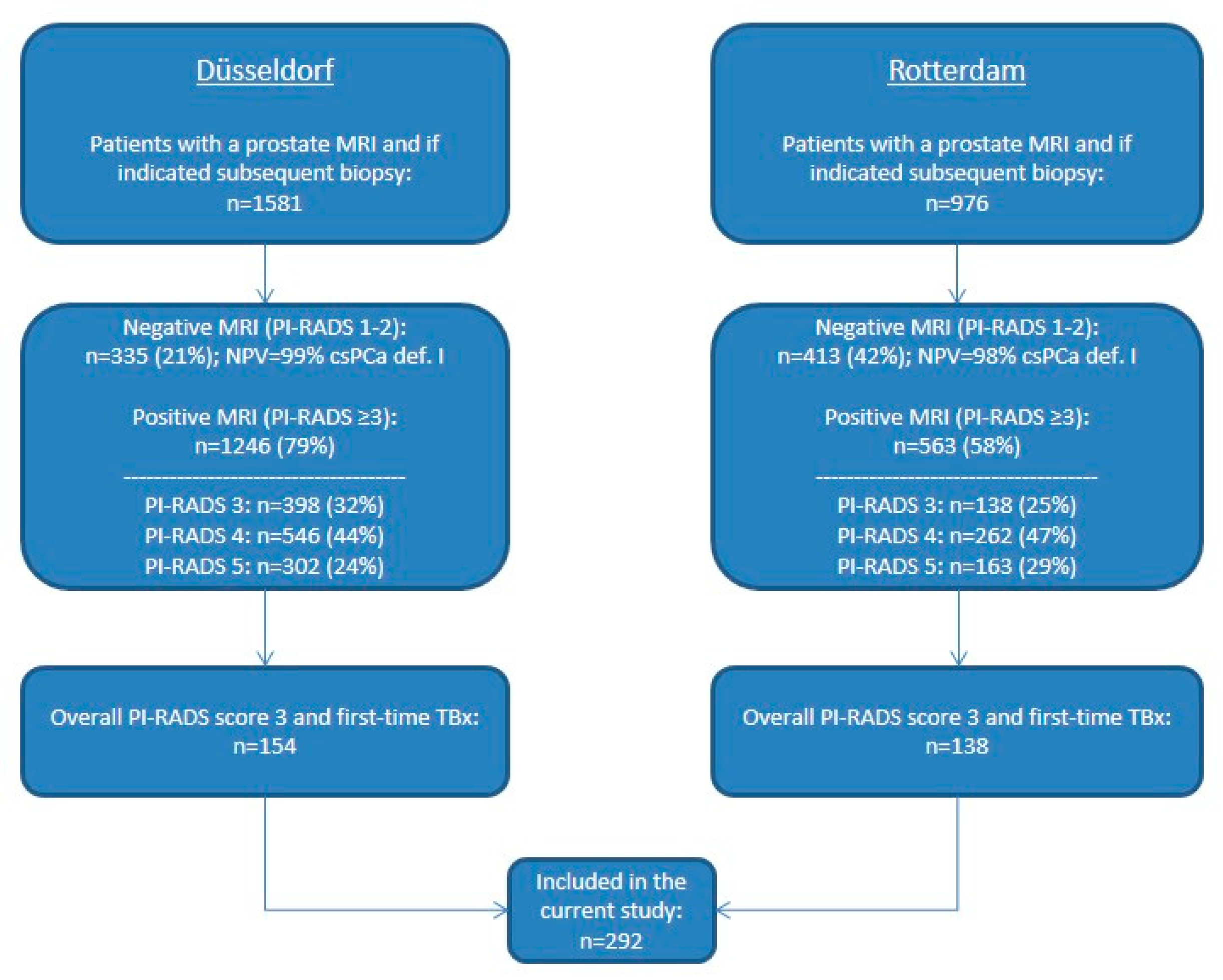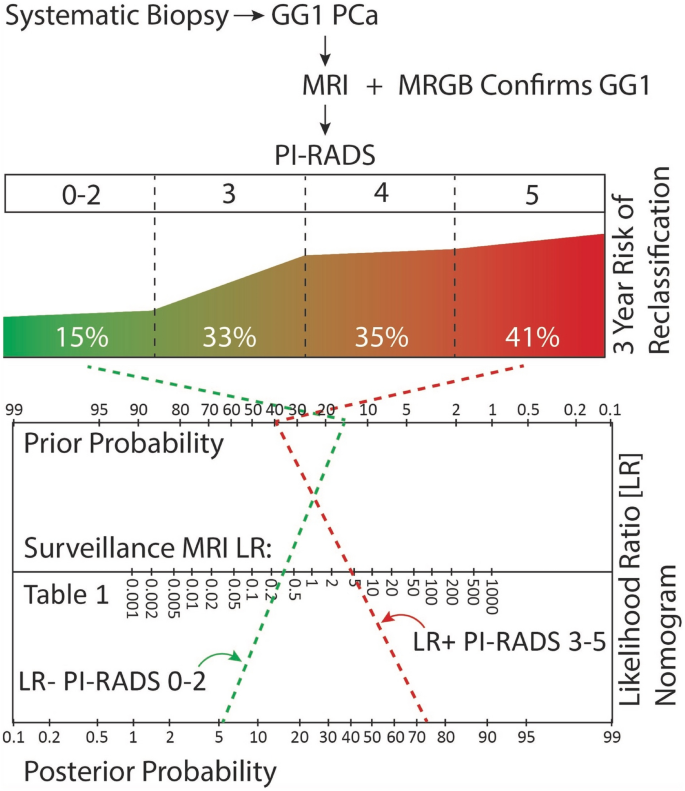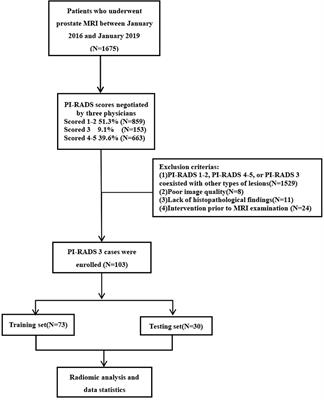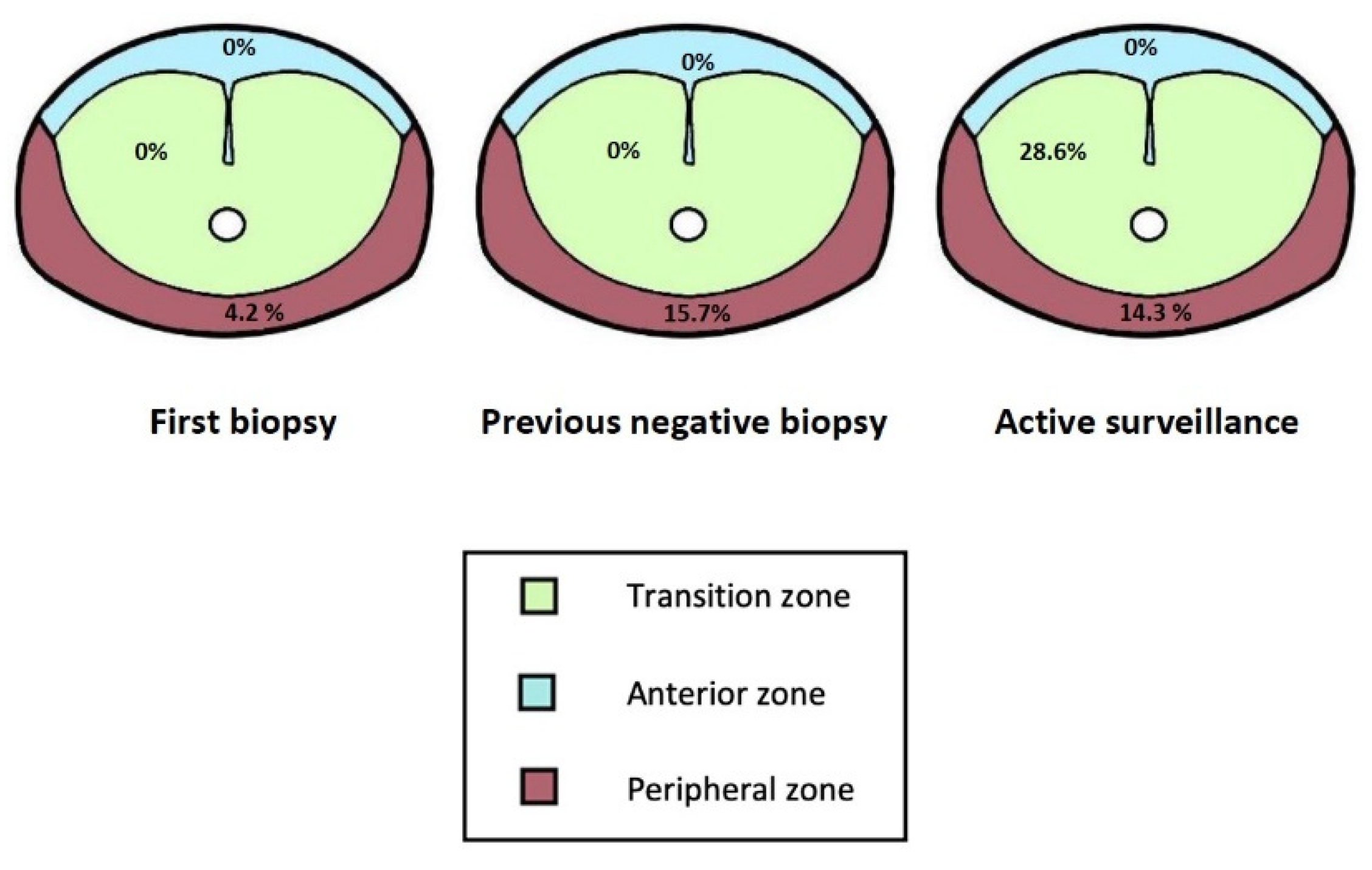pi-rads 4 active surveillance
ArticlePerera2016PIRADS4O titlePI-RADS 4 or more. As recently discussed in.

Decision Tree For Managing Pi Rads 3 Lesions In African American Men Download Scientific Diagram
Individuals who had active surveillance strategies with annual MRI yielded the highest QALY of 1619 compared to active surveillance with no MRI 1614 QALY and.

. Active Surveillance no more. Most of the current active surveillance criteria published in the literature were based on template biopsy of the. It is a 5-number system from least likely to most likely.
2127 The authors showed that the absence. In light of this the presence of PI-RADS 4 or 5 lesions on men enrolled to AS programs. Active Surveillance PiRads from 4 to 5.
PI-RADS is a rating scale for the likelihood that clinically significant prostate cancer PCa is present. Up to 10 cash back In high-risk patients with PI-RADS 4 and 5 lesions fractal analysis might allow differentiation of high-grade cancer thus streamlining clinical. Background Active surveillance AS is the recommended treatment option for low-risk prostate cancer PC.
There was no apparent difference between the results when MRIs were carried out using 3 T as compared to 15 T MRI scans. Active Surveillance PiRads from 4 to 5. Almeida et al reported on 73 patients with low risk PCa defined by the Prostate Cancer Research International.
PI-RADS 4 and 5 lesions are being increasing correlated with intermediate and high-grade prostate cancer. Active Surveillance is not suitable in intermediate-risk disease It is. PI-RADS 4 and 5 lesions are being.
As recently discussed in. There are grades 1 to 5 often reported as PI-RADS 1 to 5. The Gleason scale ranges from 1 to 5 where 1 indicates no cancer at all and 5 indicates very aggressive disease.
However in general biopsy should be considered for PI-RADS 4 or 5 lesions but not PI-RADS 1 or 2 lesions. As expected less maximal PI-RADS 5 lesions and more PI-RADS 4 lesions were observed in men on active surveillance reflecting smaller lesions in men already diagnosed. Active Surveillance no more 2.
We investigated the utility of multiparametric magnetic resonance imaging mpMRI using Prostate Imaging Reporting and Data System version 2 PI-RADSv2 scoring in patients. Disease management has gradually changed to a paradigm that relies on close monitoring through active surveillance in select patients as well as ongoing refinements in treatment. Feb 22 2019 524 PM.
PI-RADS 4 and 5 mandate biopsy as they infer a high risk of cancer. Active Surveillance no more 2 patients with intermediate-risk prostate cancer are not suitable for AS. In that sense PI-RADS is similar but its an interpretation of.
Patient in active surveillance for prostate cancer with very high probability of. Surveillance varies in MRI frequency of follow-up and the Prostate Imaging. Diagnosed April 2018 On AS -- Recently PSA went from 898 to 938 10 months and 3tMRI.
PI-RADS 4 and 5 lesions are being increasing correlated with intermediate and high-grade prostate cancer. When follow-up is recommended it is termed active surveillance or watchful waiting continuous imaging and. 49 percent for a PI-RADS score of 4 or 5.
PCRIs Alex asks questions from our helpline and YouTube comments on the topics of PI-RADS Gleason 347 when the percentage of 4 is less than 10 and acti. Thus it has to do with interpreting the likelihood of cancer depending on what the images show. Active Surveillance no more.
The PI-RADS 4-5 in the PZ were benign in 46 of cases. Presence of PI-RADS 4 or 5 lesions on men enrolled to AS programs for prostate cancer warrants concern. Men with PI-RADS 4 or 5 lesions on multiparametric MRI mpMRI are likely to be diagnosed with clinically significant prostate cancer but there is little known about men with a.
PI-RADS 4 or more. Furthermore in a series of 113 men enrolled in AS a PI-RADS 4 and 5 lesion on MRI correlated with a high risk of AS ineligibility of 45 and 100 respectively 17. Each lesion can be scored 1-5 on DWI.
No accumulation or free fluids within the abdominalpelvis cavity. PI-RADS is a grading system used to interpret an MRI of the prostate to determine if you have prostate cancer or not.

Jpm Free Full Text Equivocal Pi Rads Three Lesions On Prostate Magnetic Resonance Imaging Risk Stratification Strategies To Avoid Mri Targeted Biopsies Html

The Long Term Risks Of Metastases In Men On Active Surveillance For Early Stage Prostate Cancer Journal Of Urology

Active Surveillance Of Prostate Cancer

A Comparison Of Image Guided Targeted Prostate Biopsy Outcomes By Pi Rads Score And Ethnicity In A Diverse Multiethnic Population Journal Of Urology

A Multivariable Approach Using Magnetic Resonance Imaging To Avoid A Protocol Based Prostate Biopsy In Men On Active Surveillance For Prostate Cancer Data From The International Multicenter Prospective Prias Study European Urology Oncology

Clinically Significant Cancer Detection Rates By Pirads Scores Download Scientific Diagram

Patient Flow Chart For Proposed Pi Rads Mri Directed Biopsy Download Scientific Diagram

Pi Rads Distribution Of A All Men In Active Surveillance With A Download Scientific Diagram

Overall Cancer Detection Rates By Pirads Score Download Scientific Diagram

The Utility Of Prostate Mri Within Active Surveillance Description Of The Evidence Springerlink

Utility Of Multiparametric Magnetic Resonance Imaging With Pi Rads Version 2 In Patients With Prostate Cancer Eligible For Active Surveillance Which Radiologic Characteristics Can Predict Unfavorable Disease Clinical Genitourinary Cancer

Frontiers Utility Of Clinical Radiomic Model To Identify Clinically Significant Prostate Cancer In Biparametric Mri Pi Rads V2 1 Category 3 Lesions Oncology

Association Between Tumor Multifocality On Multi Parametric Mri And Detection Of Clinically Significant Prostate Cancer In Lesions With Prostate Imaging Reporting And Data System Pi Rads Score 4 Urology

Active Surveillance Strategies For Low Grade Prostate Cancer Comparative Benefits And Cost Effectiveness Radiology

Pi Rads Active Surveillance Protocols For 3 3 6 3 4 7 Genomic Genetics Tests Mark Scholz Md Youtube

Diagnostics Free Full Text Does Adding Standard Systematic Biopsy To Targeted Prostate Biopsy In Pi Rads 3 To 5 Lesions Enhance The Detection Of Clinically Significant Prostate Cancer Should All Patients With

Pi Rads Distribution Of A All Men In Active Surveillance With A Download Scientific Diagram

Selecting Patients With Favorable Risk Grade Group 2 Prostate Cancer For Active Surveillance Does Magnetic Resonance Imaging Have A Role Journal Of Urology